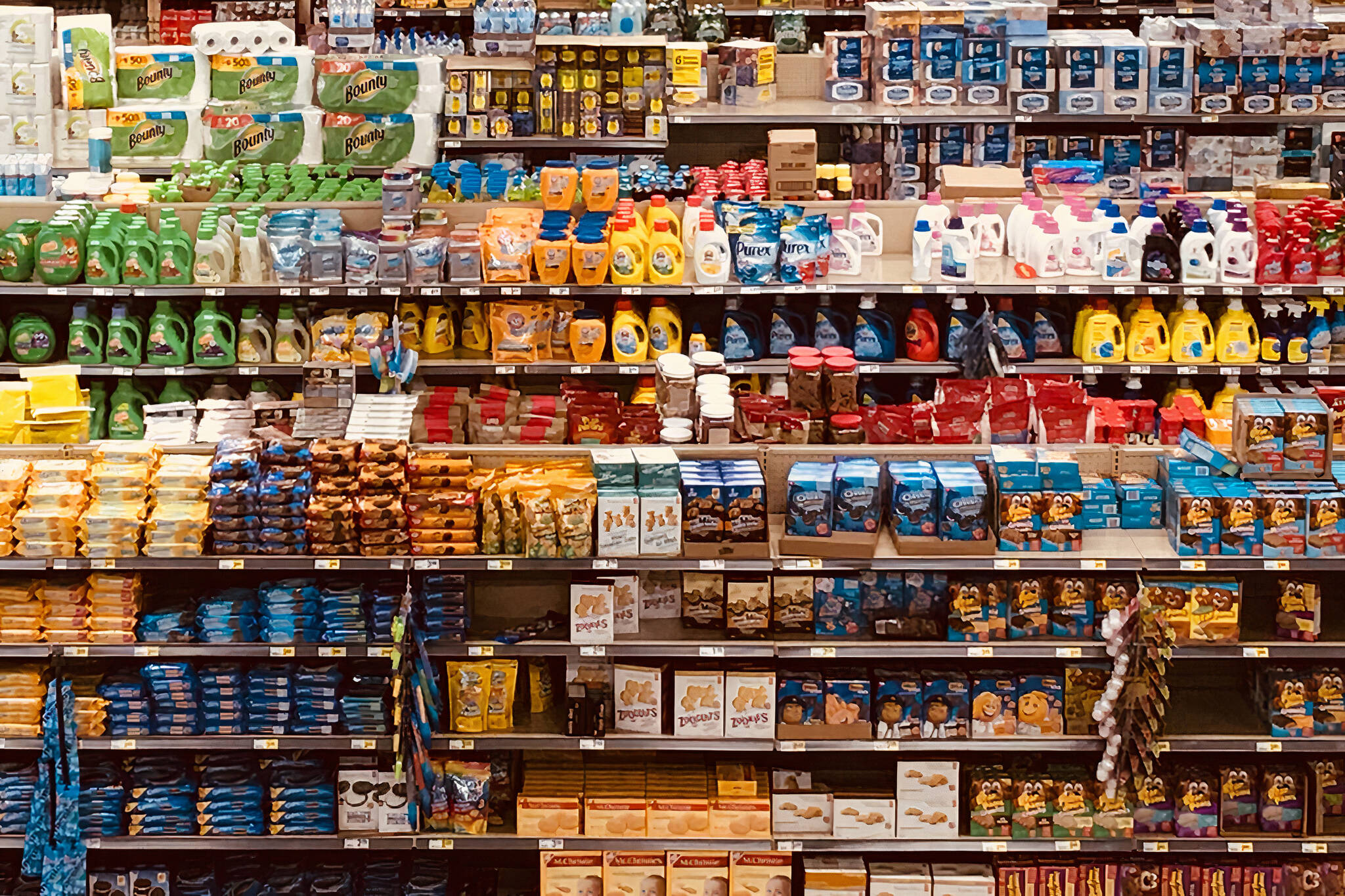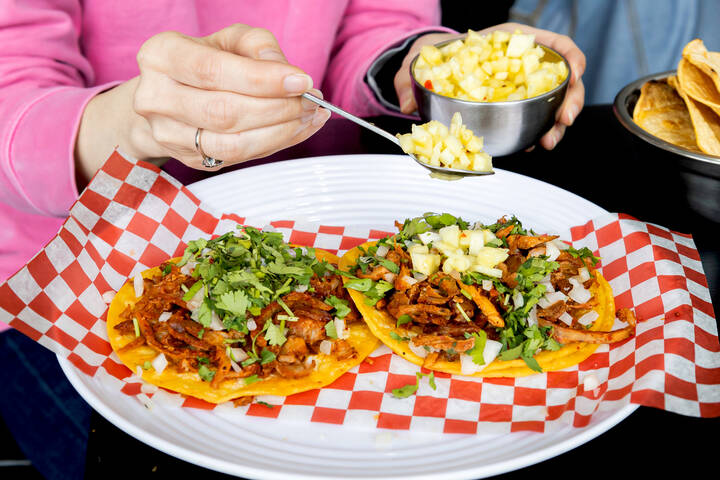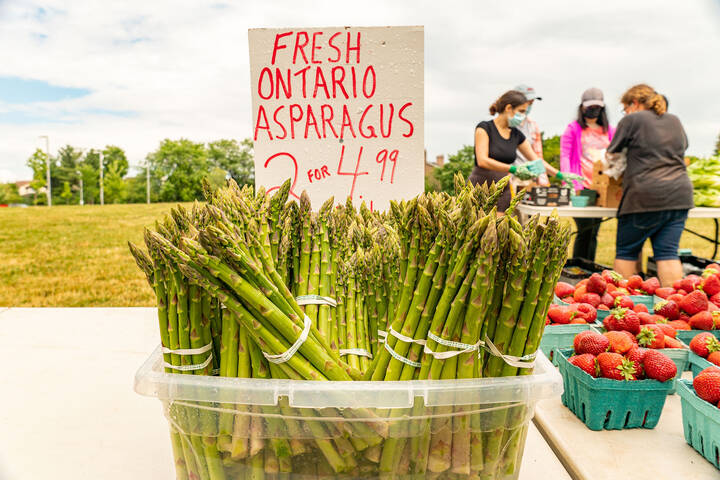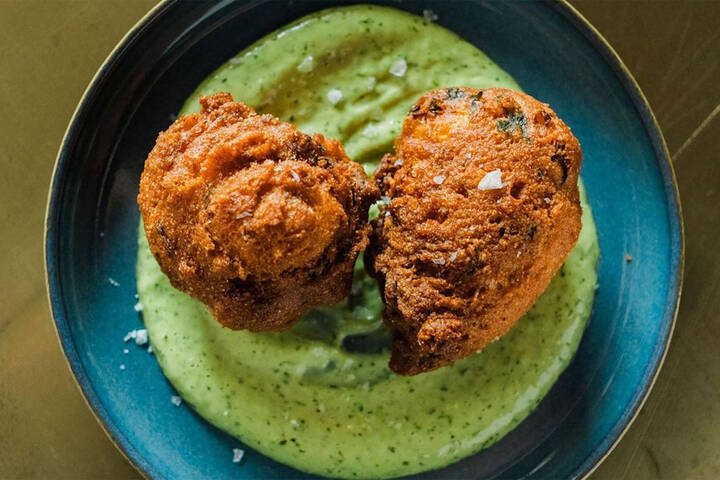
Grocery prices are going to get worse in Canada and it's not because of inflation
As inflation in Canada finally slows, citizens can expect price hikes to ease for travel, cars, furniture and other goods and services compared to earlier in the year, though they may still be paying more for most things than they were at this time in 2022.
Shoppers will be happy to know that after so many months of heartache at the supermarket checkout in particular, food is among the categories seeing some price deceleration after hitting record highs— but, another factor is due to spike them up again, though it may not be in the immediate future.
StatCan data shows that grocery infaltion is still harder on the public's wallet than the general inflation rate, but is indeed increasing at a tamer pace.
In September, food was 5.8 per cent more costly than it was in the same month last year (compared to headline inflation, which was up 3.8 per cent in the same time period), marking a cooldown from the 6.9 per cent year-over-year jump we saw in August.
But, new legislation from the federal government could cause some supermarket items to rise by as much as 30 per cent, per the estimate of the Canadian Produce Marketing Association via CTV News, if and when it comes to fruition.
The packing facilities would have to be completely revamped and new equipment brought in for the changeover. It would cost millions in our apple packing facility. Also, how do you propose to transport this unpacked food? Drop off huge bins at the stores?
— Rose Martin (@snowlover87) October 20, 2023
As part of its efforts to reduce waste and eradicate single-use plastics, the feds are exploring a pollution prevention plan that would require producers to meet targets for "recycled content and for the reduction, reuse, and redesign of primary food plastic packaging," as well as for "increasing the use of reuse-refill systems, concentrated products, and products free of plastic packaging."
Some stakeholders believe this will require an extensive overhaul of current systems, including a transition to more expensive materials within a timespan they feel is too soon to avoid shifting very noticeable costs to the consumer.
Ottawa is hoping that 75 per cent of produce, for example, will be sold and distributed in bulk and/or in plastic-free packaging by 2026, and 95 per cent by 2028, with most non-reusable plastic packaging eventually containing post-consumer recycled content. (It is noteworthy that this portion of the industry only contributes about two per cent to Canada's plastic problem.)
Also, that all "unnecessary or problematic packaging" is eliminated and replaced with containers that are recyclable, compostable, or reusable within the supply chain by 2035.
Other targets in the coming years include increasing concentrated, plastic-free, and or reuse-refill system products by 20 per cent by 2026, 50 per cent by 2030 and 60 per cent by 2035.
I understand, this was just an example. What I mean the companies are overpacking the products that does not benefit customers and they must be doing to cut cost on their end
— Linden (@AnnaNikolo) October 20, 2023
The response to the news online today has been largely one of indignation but not surprise that additional costs will hurt consumers most, though many people seem fine with — supportive of, even — the idea of less plastic packaging.
Some are also accusing stakeholders, including the Canadian government, of looking for "any excuse" to keep raising grocery prices.
Latest Videos
Latest Videos
Join the conversation Load comments







